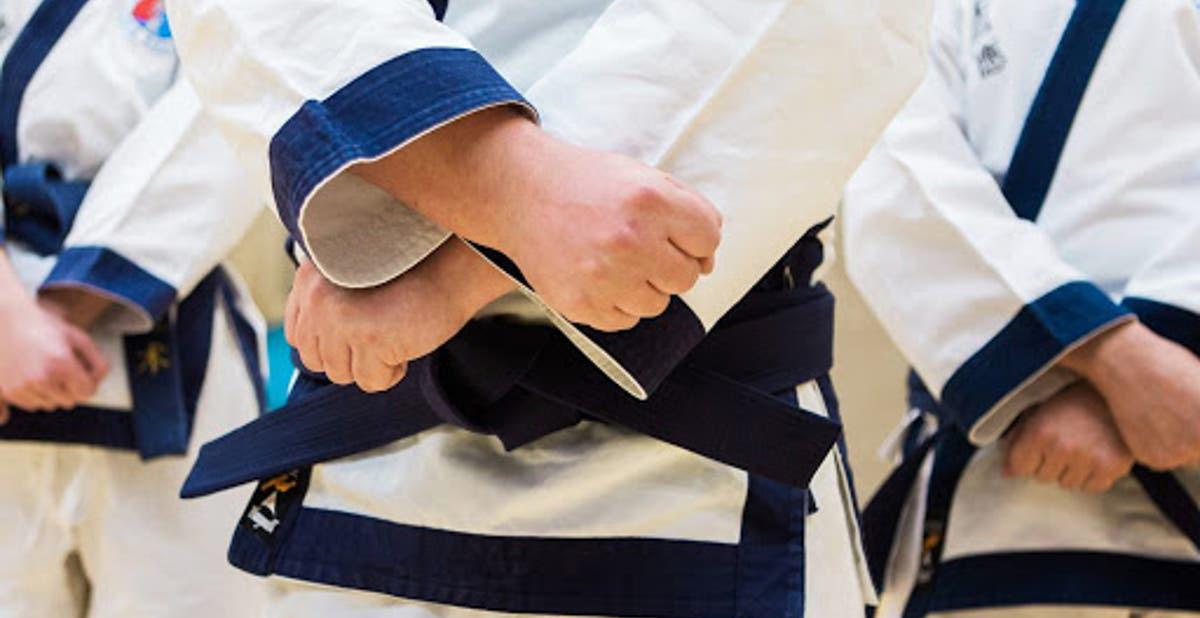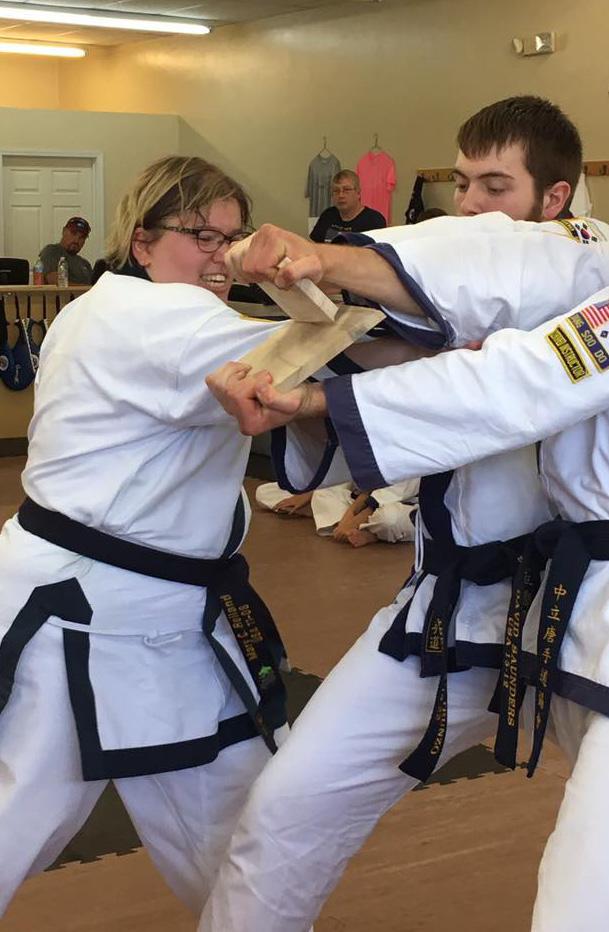
2 minute read
AN EXPLORATION OF TSD´s
An Exploration of Tang Soo Do's Eight Key Concepts: Wan Gup
SBN Mary Cayte Reiland
Advertisement
Tang soo readers, happy September! This month, we conclude with the discussion of the eighth and final of the Tang Soo Do Eight Key Concepts. Up next is Wan Gup, also known as speed control. According to the dictionary, speed is defined as “the rate at which someone or something is able to move or operate”, and control is defined as “the power to influence or direct people's behavior or the course of events.” Put the two together and you have quite a discussion on your hands, so let’s get started.
In the physical sense, speed control is an obvious concept. You have to perform techniques with the proper speed in order to be effective. Do a technique too slow and you won’t have the proper power to be effective, do it too fast and you risk missing your target. One thing to consider here is the concept of doing techniques in the Neh Ga Ryu style, like in Tai Chi. Having studied some Tai Chi myself, I can tell you there is a point to doing techniques this way. While doing Tai Chi techniques at their proper (slow) speed would never work in a fight, the benefits are numerous. Doing slow fluid techniques promotes good balance and posture, improves flexibility and strength, while also decreasing stress and anxiety.
In the mental sense, we need to dig a little deeper. If we look at the terms “wan” and “gup” a little closer, we learn that “wan” in Korean translates to the word “slow”, and “gup” translates to the word “fast”. As in tension and relaxation, we once again have conflicting concepts.

In our training lives, our foundations must be built slowly. Without a good solid foundation, no one can hope to grasp advanced training, then students will lose confidence and eventually quit. Every stance and technique must be examined and practiced, first slowly, and then faster as the student progresses. My first four years of karate (having studied at college) built that solid foundation. Every semester brought new white belts that needed their foundation set, with less than half a year to do it. It was a unique way of training, but when I graduated and began training at a traditional Tang Soo Do school, I was grateful for it, because I sometimes saw that my stances and technique as a green belt were more accurate than other students of the same level.
I am very grateful to have studied these advanced concepts and written out my thoughts on them with you, my readers. I feel I understand what the next step in my training will be, putting these eight key concepts into my everyday practice. My hope for you is that you can expand on what I’ve written to serve your own purposes (sounds a lot like Ryu Pa, doesn’t it?).
Until next month, take care and Tang Soo!
SBN Mary Cayte Reiland, USA










